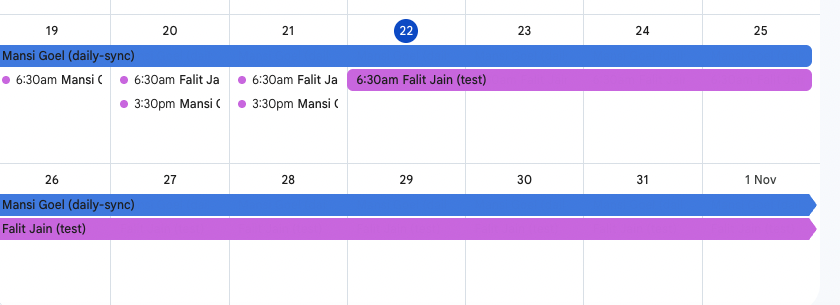
In the tech industry, over-engineering is a common pitfall that leads to unnecessary complexity and inflated costs. Similarly, the excessive expenditure on SaaS products is another financial drain many companies face.
A prime example of this is the use of PagerDuty for on-call scheduling and alert management.
Most teams primarily need efficient scheduling and prompt alerting. Key requirements often include:

PagerDuty's service is built around three main features: on-call scheduling, alerting, and paging.
For these functionalities, the cost stands at $21 per user per month.
While these features are essential for many support teams, the pricing can be steep, especially for larger teams.
For instance, a company with 25 users would end up paying around $6,000 annually, just for basic on-call scheduling and alert management.
Despite these straightforward needs, companies still face the flat rate of $21 per user per month with PagerDuty, which may not be financially justifiable for all, especially when simpler, cheaper alternatives could suffice.

Pagerly emerges as a budget-friendly alternative that caters to the essential needs of tech support teams without the hefty price tag. With a pricing model of just $39 per team per month, it covers all the necessary functionalities that most teams require.
For a typical company with four teams, the annual cost of using Pagerly would be around $1,500.
This represents a substantial 70% saving compared to the $6,000 that would have been spent with PagerDuty.
This cost-effectiveness makes Pagerly an attractive option for companies looking to streamline their expenses without compromising on functionality.
In the competitive and fast-paced world of tech, finding ways to reduce operational costs while maintaining efficiency is key. For many companies, reevaluating their on-call scheduling and alert management systems could lead to significant savings. Tools like Pagerly provide the necessary functionalities at a fraction of the cost, challenging the status quo set by more expensive platforms like PagerDuty. Before committing to high-cost SaaS products, consider your team's actual needs and explore more economically feasible options that do not sacrifice quality or efficiency.
This analysis invites companies to rethink their current SaaS investments and consider more cost-effective alternatives that align better with their operational requirements and budget constraints.

